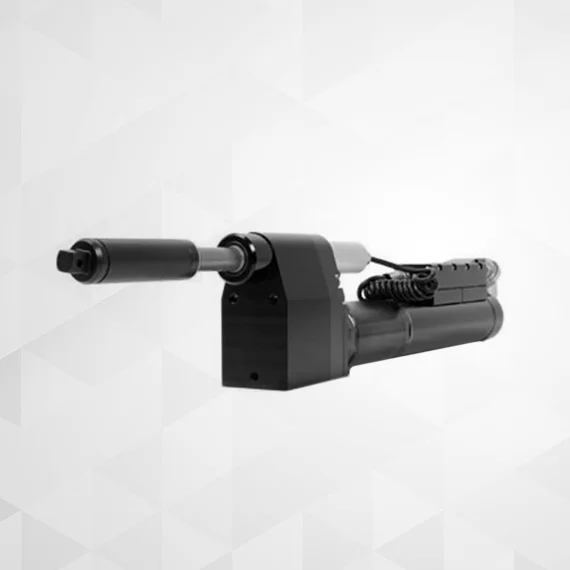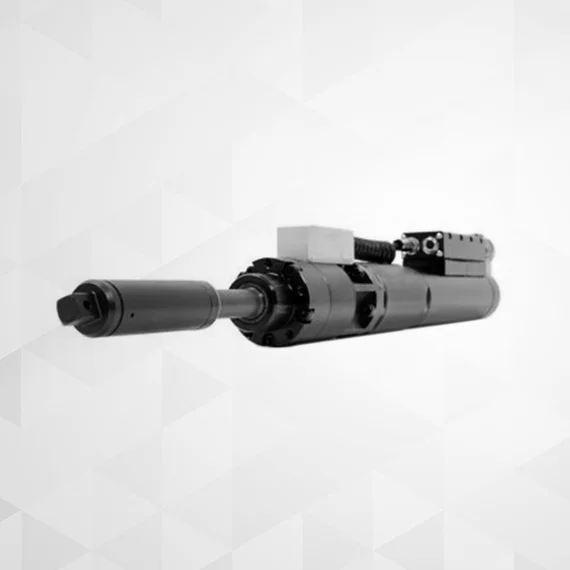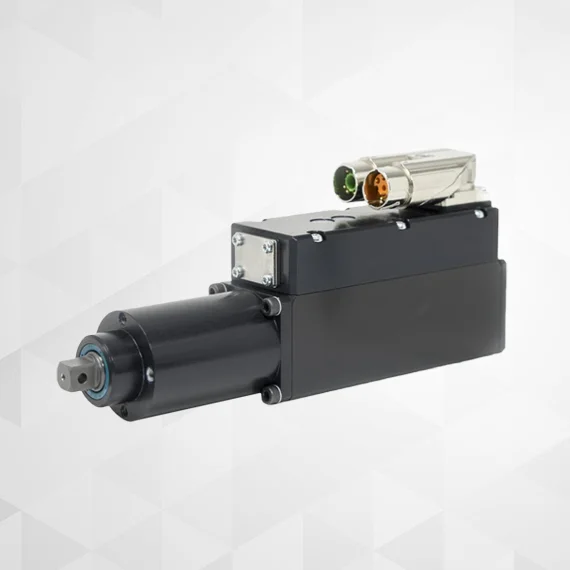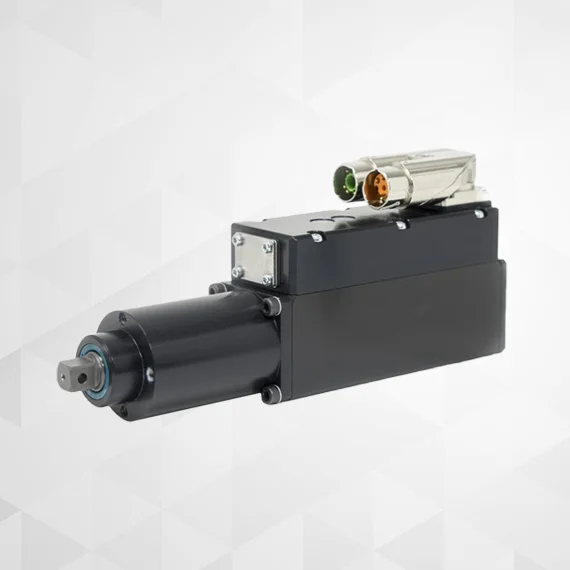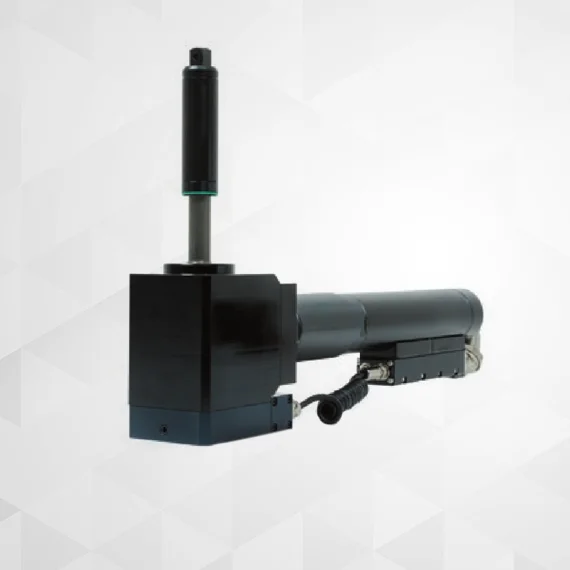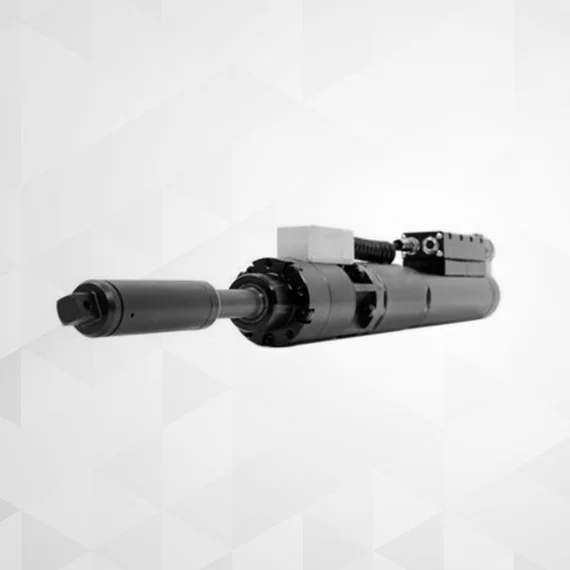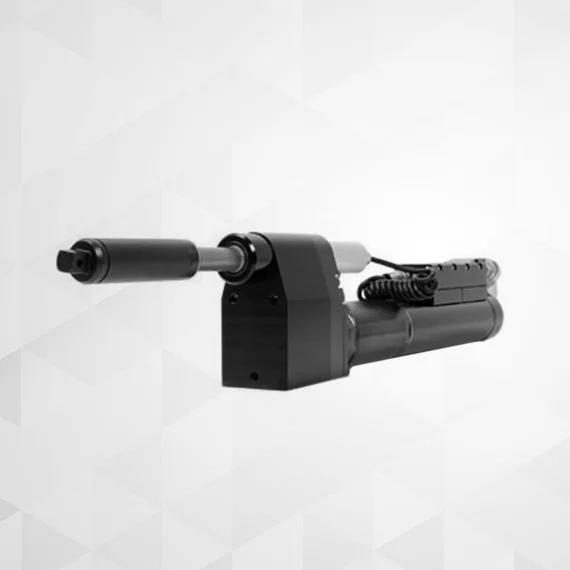ESX Fixtured Spindles: A Symphony of Precision and Performance
Building the Perfect Tool, Every Time
The ESX Fixture Spindles embrace a revolutionary modular design. Think building blocks for bolting brilliance! Mix and match measurement transducers, outputs, and even the cable connection to tailor the spindle to your precise needs. No more one-size-fits-all limitations, just optimal performance for every application.
Agility and Efficiency
Say goodbye to clunky cables! The ESX boasts a slender, lightweight, and digital cable that seamlessly connects to the control unit. This digital communication magic translates to improved maneuverability, reduced fatigue, and enhanced precision in tight spaces. No more struggling with cable limitations, just smooth operation and control.
Integrated Status Display for Instant Insights
Forget external displays and messy troubleshooting. The ESX integrates a status display right into the spindle, showcasing operation and communication status, alongside the quality statement of the last tightening. Diagnose disruptions in a flash, simplify handling device setups, and enjoy ultimate clarity in every operation.
Intelligent Workload Management
With the ESX, maintenance becomes a breeze. Its integrated maintenance management system tracks spindle load and suggests service only when truly needed. No more unnecessary downtime, just efficient maintenance based on actual usage, saving you time and resources.
Action Torque Sensors for Absolute Confidence
Experience bolting bliss with the highest levels of precision. The ESX uses cutting-edge action torque sensors placed directly on the output shaft, close to the fastener itself. This eliminates any wear-related influence on torque readings, guaranteeing secure and reliable tightening regardless of drive conditions.
Sensor Fusion for Maximum Process Reliability
Meeting the VDI 2862 standards for class A fastening connections? The ESX has you covered. It employs a dual-sensor system, using an action torque sensor and angle transmitter in the control circuit, and a reaction torque sensor with rotor bearing angle recording in the check circuit. This continuous monitoring ensures extended reference measurement intervals for ultimate process reliability.
Fixtured Spindle Nut Runner Applications
Securing Gearboxes in Wind Turbines
1. Bolts Connecting Gear Assemblies:
Imagine the gearbox as a complex system of interlocking gears. Fixture spindle nutrunners hold these gears together with precise torque application on dedicated bolts securing shafts, bearings, and gear casings.
Accuracy is crucial: Over-tightening can cause gear misalignment, premature wear, and even gear tooth breakage, leading to catastrophic failures and expensive repairs. Under-tightening can result in gear slippage, power loss, and increased noise.
Specific examples:
- Tightening pinion gear shaft connection bolts for efficient power transmission from the turbine blades.
- Securing intermediate gear assemblies responsible for speed multiplication within the gearbox.
- Fastening planetary gear sets that convert the high-speed rotation to drive the generator.
2. Housing Bolts Securing the Gearbox to the Nacelle:
The nacelle houses the gearbox and generator, atop the wind turbine tower. Fixture spindle nutrunners ensure its secure connection to the gearbox with precise torque on critical foundation bolts.
Stability and load distribution: Accurate torque prevents excessive vibration and stress on the housing, protecting sensitive internal components and the entire turbine structure from wind gusts and dynamic forces.
Specific examples:
- Tightening primary flange bolts connecting the gearbox to the nacelle base frame.
- Securing secondary support mounts ensuring stability and load distribution.
- Fastening access panel bolts for maintenance and inspection purposes.
3. Bearing Assembly Bolts Ensuring Smooth Shaft Rotation:
Bearings play a vital role in minimizing friction and ensuring smooth rotation of shafts within the gearbox. Fixture spindle nutrunners play a crucial role in their proper installation and operation.
Balancing act: Over-tightening can damage the bearings, while under-tightening can cause excessive play and vibration, impacting efficiency and longevity.
Specific examples:
- Tightening inner and outer race bearing housing bolts for optimal shaft alignment and rotation.
- Securing bearing preload adjustment bolts for maintaining the correct contact pressure within the bearing set.
- Fastening bearing caps and retainer plates for complete assembly and protection.
After the sale, we are delighted to assist you with any technical concerns or inquiries. Don't hesitate—let's connect! Feel free to reach out to us via phone: 828282-9795 or drop us an email at marketing@absgroup.in We're here to help and ensure your satisfaction.


